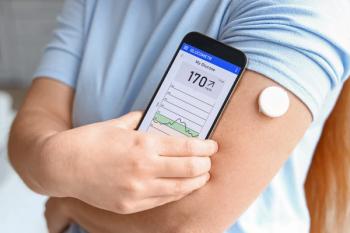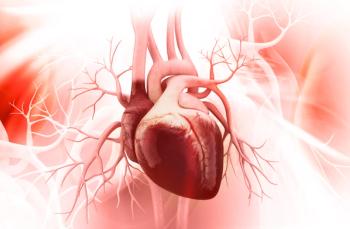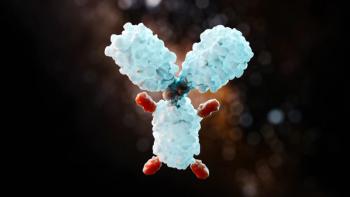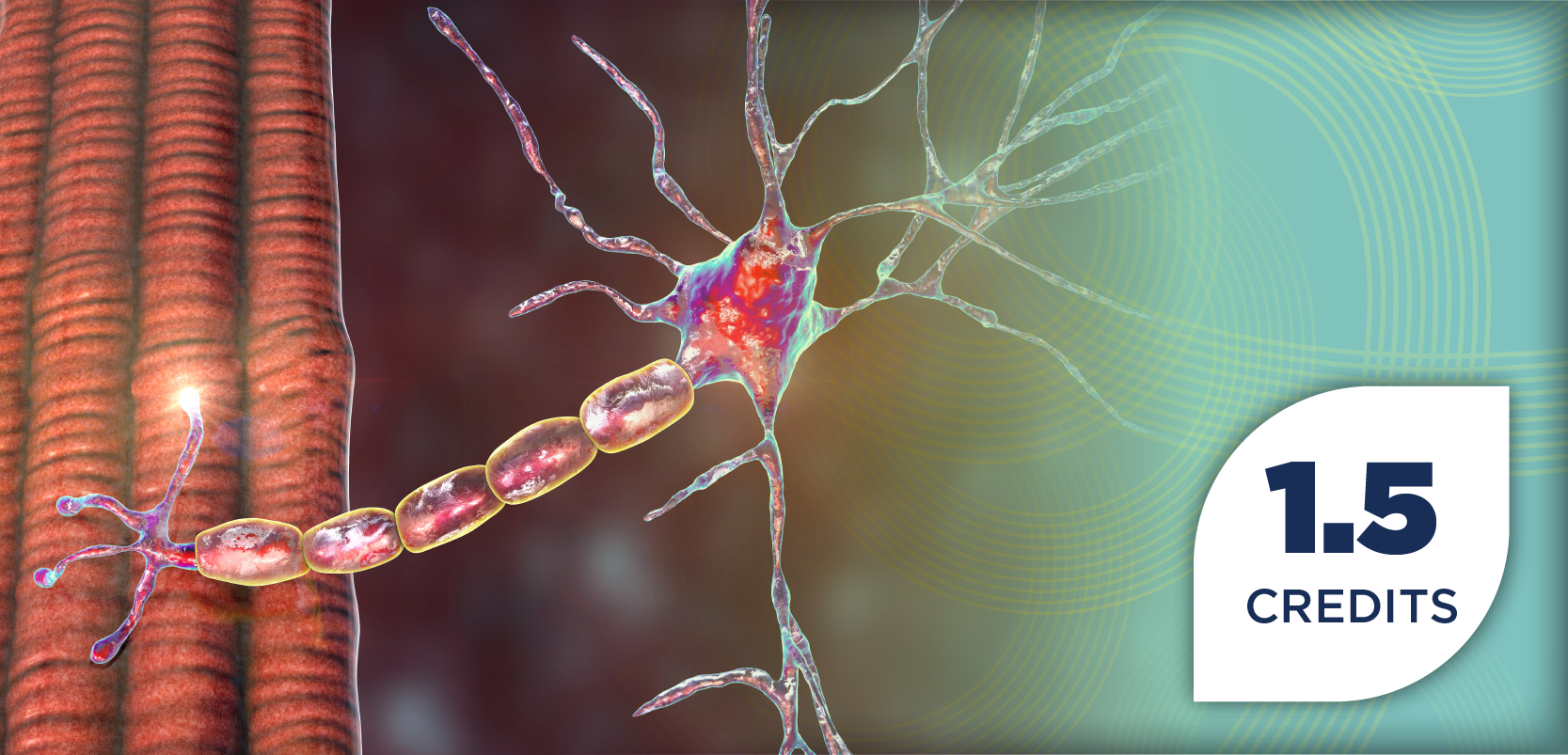
|Articles|March 10, 2022
Daily Medication Pearl: Exenatide (Byetta)
Author(s)Saro Arakelians, PharmD
Exenatide (Byetta) is a GLP-1 receptor agonist indicated as an adjunct to diet and exercise to improve glycemic control in adults with type 2 diabetes mellitus
Advertisement
Medication Pearl of the Day: Exenatide (Byetta)
Indication: Exenatide (Byetta) is a glucagon-like peptide-1 (GLP-1) receptor agonist indicated as an adjunct to diet and exercise to improve glycemic control in adults with
Insight:
- Dosing: Inject subcutaneously within 60 minutes prior to morning and evening meals, or before the 2 main meals of the day, approximately 6 hours or more apart.
- Dosage forms: 5 mcg per dose, 60 doses, 1.2 mL prefilled pen; 10 mcg per dose, 60 doses, 2.4 mL prefilled pen.
- Adverse events (AEs): Most common (≥5%) AEs occurring more frequently than placebo in clinical trials were nausea, hypoglycemia, vomiting, diarrhea, feeling jittery, dizziness, headache, and dyspepsia. Nausea usually decreases over time
- Mechanism of action: Incretins, such as GLP-1, enhance glucose-dependent insulin secretion and exhibit other antihyperglycemic actions following their release into the circulation from the gut. Byetta is a GLP-1 receptor agonist that enhances glucose-dependent insulin secretion by the pancreatic beta-cell, suppresses inappropriately elevated glucagon secretion, and slows gastric emptying.
- Manufacturer: Amylin Pharmaceuticals
Sources:
Newsletter
Stay informed on drug updates, treatment guidelines, and pharmacy practice trends—subscribe to Pharmacy Times for weekly clinical insights.
Advertisement
Latest CME
Advertisement
Advertisement
Trending on Pharmacy Times
1
Evolving Mortality Trends in Heart Failure and Vascular Disease: The Critical Role of Pharmacists in Addressing Cardiovascular Risk
2
Targeting Mitochondrial Metabolism in Heart Failure: From Genetic Drivers to Fuel Modulation Therapies
3
Eli Lilly, Novo Nordisk Strike MFN Deals With Trump Administration to Lower GLP-1 Prices
4
SGLT2 Inhibitors Linked to Lower Atrial Fibrillation Risk, Recurrence
5
















































































































































































































